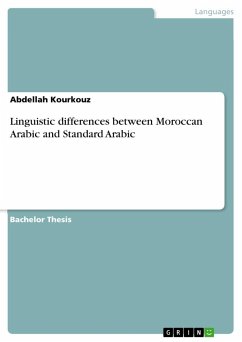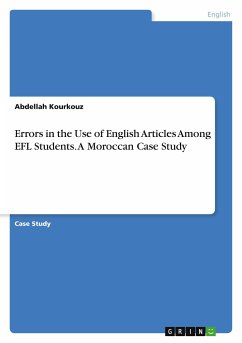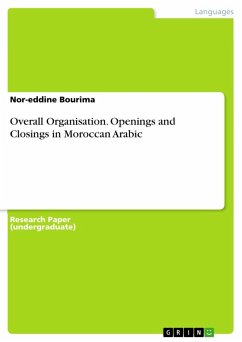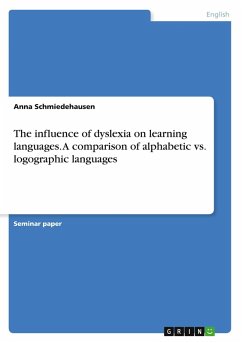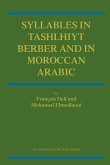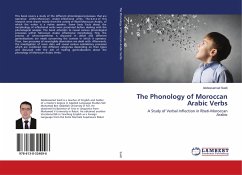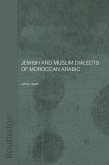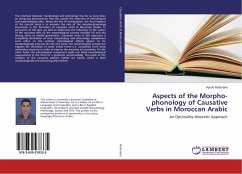Bachelor Thesis from the year 2020 in the subject Orientalism / Sinology - Arabistic, grade: 18/20, Ibn Tofail University, language: English, abstract: Moroccan Arabic and Modern Standard Arabic share a considerable number of semantic, syntactic, morphological, and lexical features. However, these features have many differences. Moroccan Arabic is still considered as an inferior variety that cannot be promoted to all domains in comparison to MSA, while French is still considered as the prestigious one. This paper aims to describe and highlight the gap between Moroccan Arabic and Standard Arabic through focusing on linguistic differences. The aim of the current study is to highlight the linguistic differences between MA and SA. The results obtained from quantitative data analysis of the questionnaires distributed among 40 participants both males and females from different department of Ibn Tofail University. Moroccan Arabic, Daria (¿¿¿¿¿), reflects this rich cultural heritage. As a result, Moroccans are a poly-glottal people. As such, they try to accommodate for all guests in their own native language. They are also completely proficient and conversant in the other Arabic dialects. Depending on where you grow up in Morocco, you may speak Arabic, Tamazight, French, and Spanish from an early age. Many Moroccans switch between these languages within the same conversation or sentence. Moroccans use Darija for day-to-day interactions and French for official or government business. Many speak Tamazight (Berber) throughout the Riif and Sahara regions. You may see all three languages used on government buildings, street signs, and menus. Moroccan Arabic has three main variants: Northern (¿¿¿¿¿¿¿¿), Eastern (¿¿¿¿¿¿¿), and Western (¿¿¿¿¿¿¿). These variants are often influenced by whichever culture tends to dominate the area. That being said, French is ubiquitous throughout the country. Oftentimes, you will see French words used instead of their Arabic counterparts. The object of this investigation and this study is to evaluate the linguistic differences between Moroccan Arabic and Standard Arabic, our investigation has tried to focus on those differences and if foreign students are aware of those differences, And if it affects their ability to understand words and words meaning Through the use of a questionnaire for detecting the number of students who suffer difficulties and need linguistic support.
Hinweis: Dieser Artikel kann nur an eine deutsche Lieferadresse ausgeliefert werden.
Hinweis: Dieser Artikel kann nur an eine deutsche Lieferadresse ausgeliefert werden.

